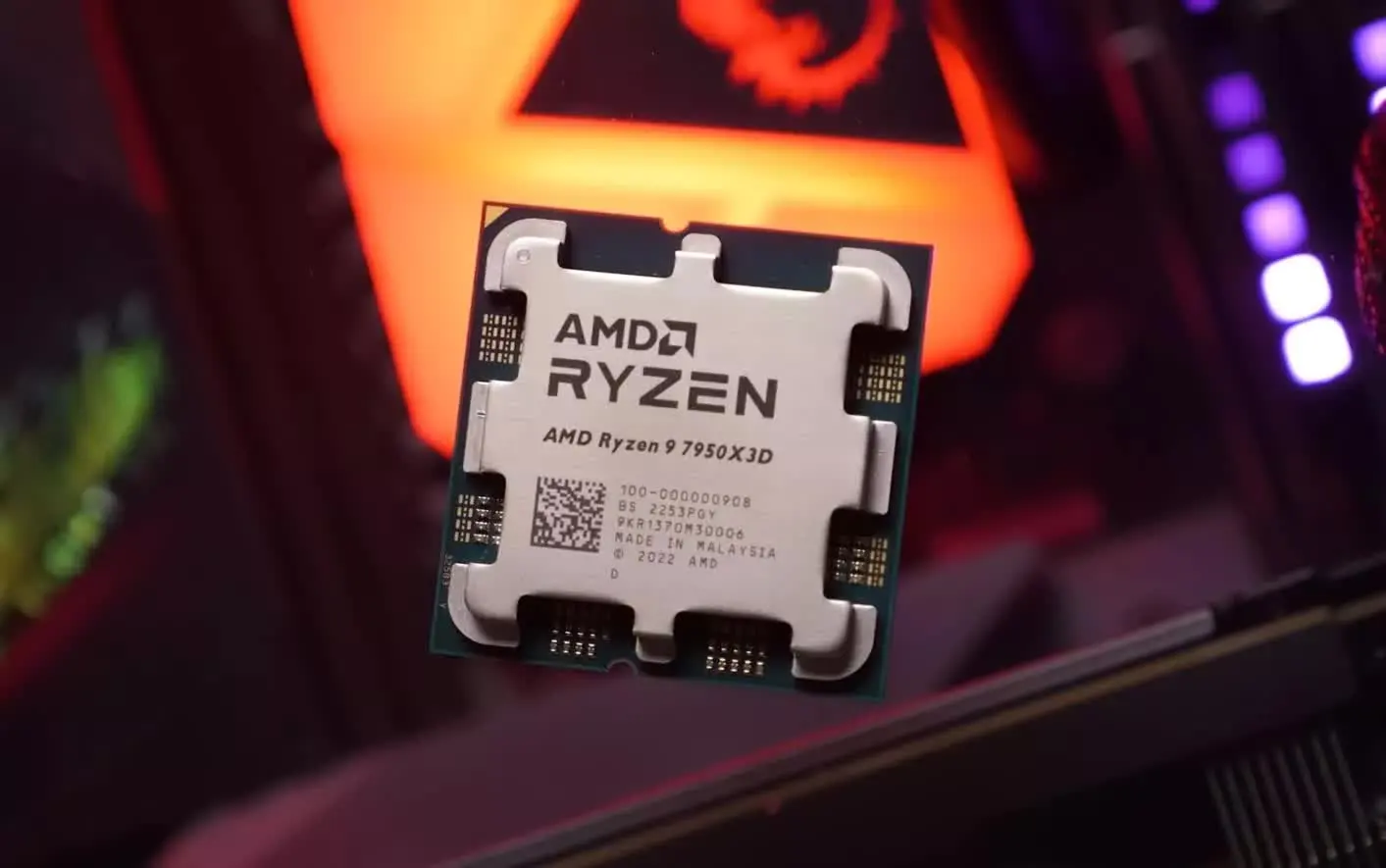Meanwhile Intel is making a microwave
AMD Corporate VP David McAfee recently addressed the matter in an interview with Quasar Zone. When asked about AMD’s power consumption versus operating temperature compared to the competition and if temperature issues are something that could be resolved in the future, McAfee said they’re working closely with TSMC to put a lot of effort into process technology.
However, they believe that the current situation involving high heat density will persist or perhaps be further intensified as more advanced processes are utilized in the future. As such, it’ll be important for AMD to find a way to effectively eliminate the high amount of heat generated by high-density chiplets, McAfee added.
Yet these chiplets still run much cooler than the monolithic dies the ‘competition’ has been churning out as of late!
AMD should’ve redesigned their IHS for AM5. It would’ve broken legacy support, but now they are stuck with a thick IHS for the lifespan of AM5, making it even harder to deal with the heat density issuess.
Now obviously this ‘story’ is about trying to reduce the heat density to begin with, but that’s a far bigger challenge and a problem everyone has. While changing the IHS and cooler compatibility was something AMD could’ve easily done.
I still wonder about the feasibility of integrating a vapor chamber in that thick IHS!
Gamers Nexus had a tour of AMD. They actually developed and validated a vapor chamber IHS, but said it wouldn’t be worth the cost. Their whole cooling lab tour was super interesting.
A cool idea but AMD would rather break compatibility than pay for something like that.
Aye certainly. Was thinking more about 3rd party solutions however, might be something der8auer or the likes could build!
Perhaps the localized heat flux is just too great though.
The fully integrated backplate breaks compatibility with half the AM4 coolers anyways. They should have taken the full plunge and made the IHS thin enough so that the CPU wouldn’t throttle under load.
yea how are you supposed to have a fan curve when its idling at 50c. i do anything with my 7600x and it heats up and the fans on my ak620 ramp up and down. its as annoying to sit next to as a stock cooler.
Impriving the thermal compound for the IHS would be a good start. Liquid metal can bring down temps by abotu 10C peak temps which is a lot, I understand liquid metal isn’t really all that reliable and doesn’t last all that long but even if they improve the compounds to where it can drop temps near that it would be a big deal.
No actual mentions of how? Micro channels for liquid cooling like planned before? Other methods? Anyone ever try a vaper chamber direct die solution? Too hard to get it flat, or are construction costs too high, or is it just not effective?
A vapor chamber over such a small area would have little benefit. They’re great at spreading heat around, but when your IHS is already that small it’s not much better than solid copper. On something the size of EPYC or Threadripper is may make more sense, but they’ve done quite a good job of spreading the heat out by arranging the CCDs, to the point where no part of the IHS is likely saturated.
I’d love to be able to test out one of those big-boy chips, but sadly the price tag is equally large.
They’ve already tried vapor chamber according to GN’s tour of the AMD lab. They decided what they had was good enough
What about dead silicon? Should be an easy band aid to at least distribute some of the heat from the CCX to a larger surface before the heatspreader comes into play, no?
And TSMC is trying to reduce node size, fucking embarrassing what pretends to be news these days
Wouldnt reduce the clock speed a little get the same thing as well? It is exponential rate anyway, that last 300-500MHz is generate most of the heat.
Thing is a big 20% IPC increase sounds way less impressive if it comes with a 5-10% clock speed decrease.
But that’s probably like +40% perf per watt, which does sound good.
Giving individual cores the ability to boost as high as possible means that in scenarios where multi-threading doesn’t scale perfectly, you can still squeeze as much as possible out of the other cores. Because the thread that bottlenecks the most can be run as fast as possible.
Or in other words: Limiting the top boost clock by 5% will effectively slow the entire CPU down by 5% as well.
That’s why if you want to limit the CPU power draw, you should do it either via the power limit, or by reducing the throttling threshold. The latter can give you better performance in “race to finish” situations, where you only need a short power boost to finish a task, but it’s less consistent.
they should use AirJet by Frore Systems

